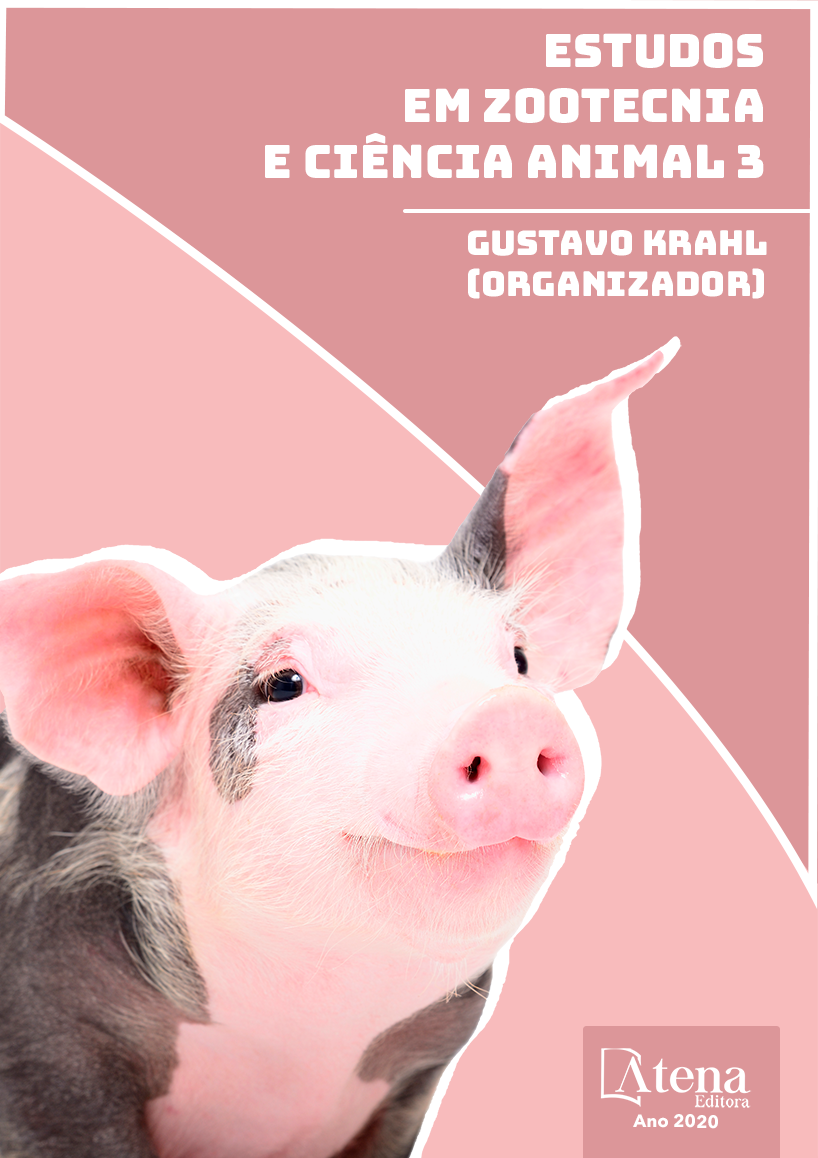
ANÁLISE ESTATÍSTICA DO DESEMPENHO DA BOVINOCULTURA DE LEITE CRIADA EM SISTEMAS INTENSIVO E EXTENSIVO NA REGIÃO DE BIRIGUI (SP)
Resumo: O Brasil responde por 7% da produção mundial de leite, valor composto por produção intensiva e extensa, que produzem 1600 litros/ vaca/ano e 8.000 litros/vaca/ano, respectivamente. Para comparar esses dois sistemas, ao nível das propriedades, foram realizados na cidade de Birigui, em dois locais distintos, a produção de leite contando de acordo com o tempo de parto, onde um utilizou o sistema intensivo e outro utilizou o extenso sistema. Sessenta animais foram utilizados, 30 deles para cada propriedade. As estatísticas descritivas foram calculadas após as medições e um gráfico de regressão linear quadrático foi usado para comparar e analisar dados de ambos os sistemas de produção entre eles e a produção nacional. O sistema intensivo apresentou maior produtividade durante o período de parto, apresentou melhor ajuste ao modelo de regressão linear e menor variabilidade dos dados, indicando um sistema onde há maior controle dos lotes e gestão.
ANÁLISE ESTATÍSTICA DO DESEMPENHO DA BOVINOCULTURA DE LEITE CRIADA EM SISTEMAS INTENSIVO E EXTENSIVO NA REGIÃO DE BIRIGUI (SP)
-
DOI: 10.22533/at.ed.8272028053
-
Palavras-chave: avaliação de produtividade, girolando, sistemas de produção
-
Keywords: Girolando, interval between births, lactation time, production systems, productivity.
-
Abstract:
Abstract: Brazil accounts for 7% of global milk production, a value made up of both intensive and extensive production, which produce 1600 liters / cow / year and 8000 liters / cow / year, respectively. To compare these two systems, at the level of properties, were performed in Birigui city, in two distinct locations, milk production counting according to the time of calving, where one used the intensive system and another used the extensive system. Sixty animals were used, 30 of them for each property. Descriptive statistics were calculated after the measurements and a quadratic linear regression graph was used to compare and analyze data from both production systems between them and national production. The intensive system presented higher productivity during the time of calving, presented better adjustment to the linear regression model and less variability of the data, indicating a system where there is greater control of the lots and management.
-
Número de páginas: 5
- Ariéli Daieny da Fonseca
- Beatriz Garcia Lopes
- Lucas Menezes Felizardo
- Ana Luiza Baracat Cotrin
- Vinícius Affonso
- Lucas Micael Gonçalves Diniz
- Luiz Firmino dos Santos Junior
- Gustavo Campedeli Akita
- Glaucia Amorim Faria
- Felipe de Oliveira Esteves


